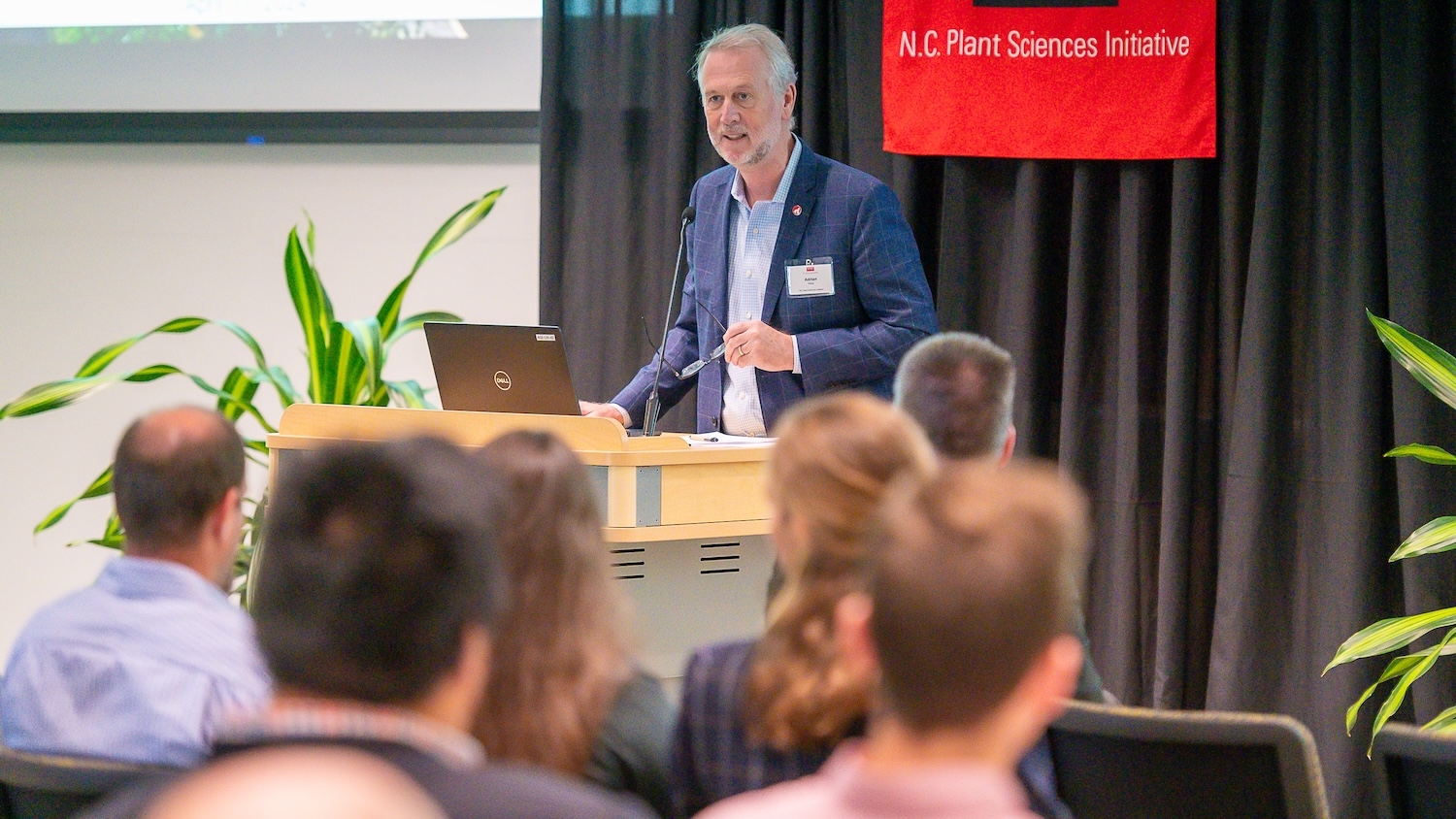New Technique Creates Stronger, Lightweight Magnesium Alloys
Researchers from North Carolina State University have developed a new technique for creating stronger, lightweight magnesium alloys that have potential structural applications in the automobile and aerospace industries.
Engineers constantly seek strong, lightweight materials for use in cars and planes to improve fuel efficiency. Their goal is to develop structural materials with a high “specific strength,” which is defined as a material’s strength divided by its density. In other words, specific strength measures how much load it can carry per unit of weight.

Researchers at NC State focused on magnesium alloys because magnesium is very light; on its own, though, it isn’t very strong. In the study, however, the researchers were able to strengthen the material by introducing “nano-spaced stacking faults.” These are essentially a series of parallel fault-lines in the crystalline structure of the alloy that isolate any defects in that structure. This increases the overall strength of the material by approximately 200 percent.
“This material is not as strong as steel, but it is so much lighter that its specific strength is actually much higher,” says Dr. Suveen Mathaudhu, a co-author of a paper on the research and an adjunct assistant professor of materials science and engineering at NC State under the U.S. Army Research Office’s Staff Research Program. “In theory, you could use twice as much of the magnesium alloy and still be half the weight of steel. This has real potential for replacing steel or other materials in some applications, particularly in the transportation industry – such as the framework or panels of vehicles.”
The researchers were able to introduce the nano-spaced stacking faults to the alloy using conventional “hot rolling” technology that is widely used by industry. “We selected an alloy of magnesium, gadolinium, yttrium, silver and zirconium because we thought we could introduce the faults to that specific alloy using hot rolling,” says Dr. Yuntian Zhu, a professor of materials science and engineering at NC State and co-author of the paper. “And we were proven right.”
“Because we used existing technology, industry could adopt this technique quickly and without investing in new infrastructure,” Mathaudhu says.
The paper, “Ultrastrong Mg-Alloy via Nano-Spaced Stacking Faults,” was published online March 12 in Materials Research Letters and was co-authored by NC State Ph.D. students W.W. Jian, W.Z. Xu and H. Yuan; postdoctoral researcher Dr. G.M. Cheng; Dr. Carl Koch, Kobe Steel Distinguished Professor of Materials Science and Engineering at NC State; Dr. M.H. Tsai, a former visiting scientist at NC State; and Dr. Q.D. Wang, of Shanghai Jiaotang University. The work was supported by the U.S. Army Research Office.
-shipman-
Note to Editors: The study abstract follows.
“Ultrastrong Mg-Alloy via Nano-Spaced Stacking Faults”
Authors: W. W. Jian, G. M. Cheng, W. Z. Xu, H. Yuan, M. H. Tsai, C. C. Koch, Y. T. Zhu and S. N. Mathaudhu, North Carolina State University; Q. D. Wang, Shangai Jiaotong University
Published: Online March 12, 2013 in Materials Research Letters
Abstract: Mg alloys are among the lightest alloys but they are usually weak. Here we report a new mechanism to make them ultrastrong while maintaining good ductility. Stacking faults with nanoscale spacing were introduced into a Mg-8.5Gd-2.3Y-1.8Ag-0.4Zr (wt.%) alloy by conventional hot rolling, which produced a yield strength of ~575 MPa, an ultimate strength of ~600 MPa, and a uniform elongation of ~5.2%. Low stacking fault energy enabled the introduction of a high density of stacking faults, which impeded dislocation slip and promoted dislocation accumulation. These findings provide guidance for developing Mg alloys with superior mechanical properties.
- Categories:


